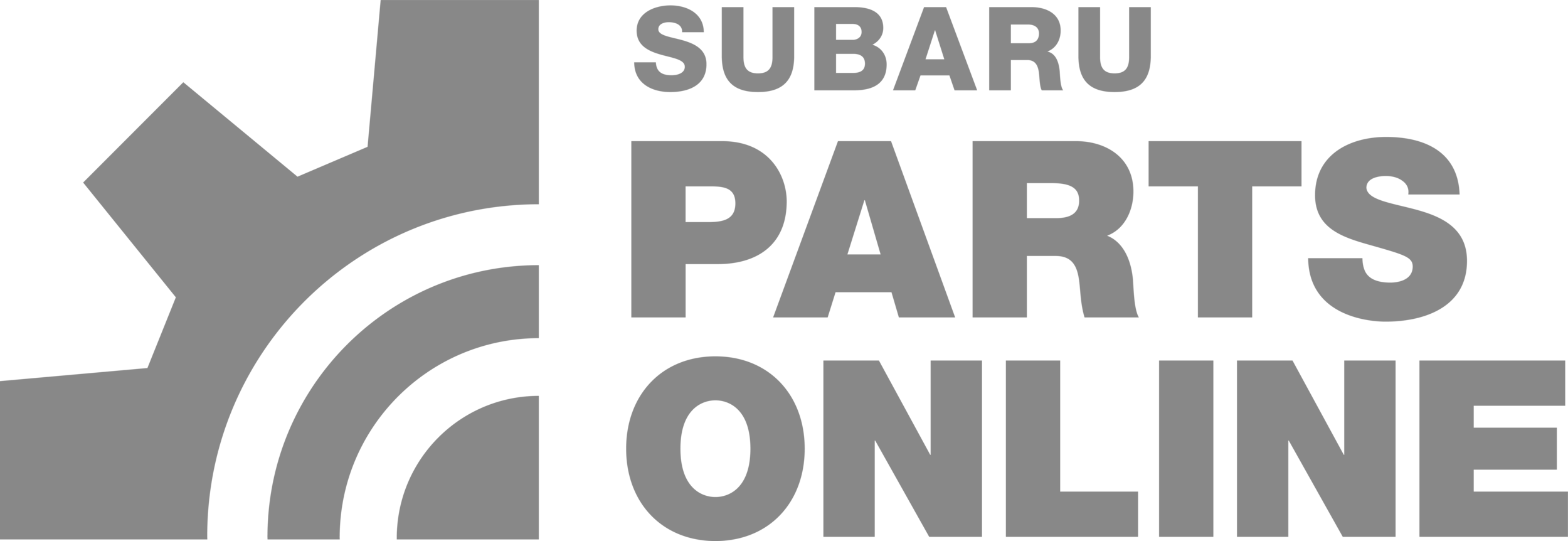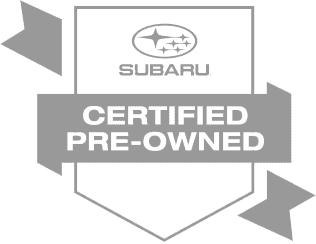
Are you in the Lunenburg, Massachusetts, area and considering upgrading your tires to enhance performance? Maybe you want to add some extra aesthetic appeal to your car. Perhaps you're not sure where to begin or wonder if you need a little more information. North End Subaru's experts are at your side, ready to help you pick the wheels that are best for your car.
Budget, size restrictions, and what tires you want for your new wheels will all play a role as you shop for the right fit. For your convenience, we've put together some guidelines and tips before upgrading your wheels. When you feel ready, just browse the options from our store, and feel free to contact us with more detailed questions.
Starting With Hub Size

Image by Robert Laursoo is licensed with Unsplash License
In addition to actual wheel diameter size limits, a car's wheel hubs can only fit wheels with the right center bore measurements. A 16-inch wheel, for instance, typically has a five-lug bolt structure, which might be in a size of five by 100. This refers to five studs with a total diameter of 100 millimeters.
Keep your vehicle's correct hub size and pattern in mind before purchasing new wheels, or you run the risk of buying tires that will not fit them safely. An owner's manual should clarify this information, but you can also contact us for assistance.
What Kind of Wheels Fit My Car?
Once you know the correct bolt pattern, you’ll next need to find wheels that will fit properly with the intended tires. There are two important concepts: backspacing and offset, both referring to how far your wheels stick out or in from the wells.
When a wheel rim has a positive offset, its mounted position makes it stick out from the wells, usually leading to a broader stance. If the wheels create a negative offset, they are mounted further into the wells, with the back end going closer to the suspension parts. The width of the wheel from the front mounting surface to its back side refers to how many inches of backspacing it has.
Your vehicle might have a limit on how far the backspacing can go, as too much or too little can compromise turning, steering, and handling. Don't forget to ask our team if the wheels and tires you’re interested in have the correct size and offset. You don't want to deal with fender rubbing or other issues on one of the most important parts of your vehicle.
Check What Tire Size and Style You Need
We also recommend learning the identifying characteristics of your current tires before you get a brand-new set of wheels. You’ll notice a string of letters and numbers on the sidewalls, such as P225/45R17 91V. Going off that example, let's break down what each part means so you can understand the meaning of your own sidewall codes:
- The number 225 represents the tire width in millimeters
- The aspect ratio is 45
- The letter R simply means designed for radial construction
- The number 17 indicates that it is intended to suit 17-inch wheels
- The figure 91V denotes the speed classification, indicating that it is safe to drive with those tires at 91 mph or less
Though separate from the wheels, tires are just as important. Let us know what kinds of tires you're thinking of getting, and we can guide you to the right set of upgraded wheels to carry them or vice versa. Some of our tires might even be on special.
Choosing a Wheel Design
Apart from knowing the wheels you're interested in are the right size, you also should consider what general visual style you like best. Do you want them to be an exact duplicate of the originals from when your Subaru or other vehicle was first produced? Do you prefer a shiny, chrome-plated alternative or a matte finish? Do you like unusual colors or patterns? Feel free to browse different categories of wheel designs suited to luxury, off-roading, and more.
Can You Upsize Your Wheels?
Perhaps you're simply wondering about upgrading your wheel size. Given that most vehicles come with trim levels that use different sizes, many vehicles have a range of sizes that will work. For instance, the new Subaru Outback models have 17-inch wheels to start, but higher trims usually use 18-inch wheels, and you may be able to add them on to the base model.
Larger wheels can create greater grip and add an extra touch of sportiness to any kind of vehicle. That said, most track-performance cars keep the wheel size on the smaller side, as the smaller a wheel's tire is, the less energy needed to get it rolling. This can be useful for rapid acceleration and high-speed driving.
Keep in mind that you might need an adjustment to your speedometer sensor if you’re changing your tire or wheel size. These and other automotive service tasks are no problem for our Subaru service center.
Be Wary of the Cheapest Options
One of the most important factors to take into account when deciding whether to replace the wheels and tires on your car is your budget. Bigger wheels cost extra, understandably, but other factors play more significant roles. While spending $400 on a brand-new set of rims could be enticing, you should always remember that quality goods require a fair price.
When an aftermarket deal on new wheels and rims looks too good to be true, double check the reputation of the shop offering it. By staying clear of cheap deals from third-party locations, your Subaru can be protected from any unexpected wheel, tire, or suspension issues.
Upgrade Your Wheels or Tires in Lunenburg
Upgrading your car's wheels doesn't have to be just a visual change. Some drivers find that with a switch to bigger tires that better fit their driving needs and environment, it feels like being in a brand-new Subaru.
While the information above is pivotal to buying a great set of new wheels, it's also important that you shop at a trustworthy wheel and tire shop with a wide selection. At North End Subaru's service center and tire shop, we have you covered for all things related to wheels, tires, suspension, brakes, and much more.



